The beauty of badminton lies in its fusion of speed, dexterity, and precision. For anyone asking "how to play badminton," you're about to embark on a journey through an exhilarating sport that shot into prominence as an Olympic event in 1992.
India's prowess in this field, boasting world-class shuttlers like PV Sindhu, Saina Nehwal, and Srikanth Kidambi, adds testament to this fact. Join us in this whirlwind tutorial on playing badminton, decoding its rules, tricks, and more.
First off, it's vital to understand the dimensions of a badminton court. Regardless of whether you're engaging in a singles or doubles match, the court measures 44 feet in length.
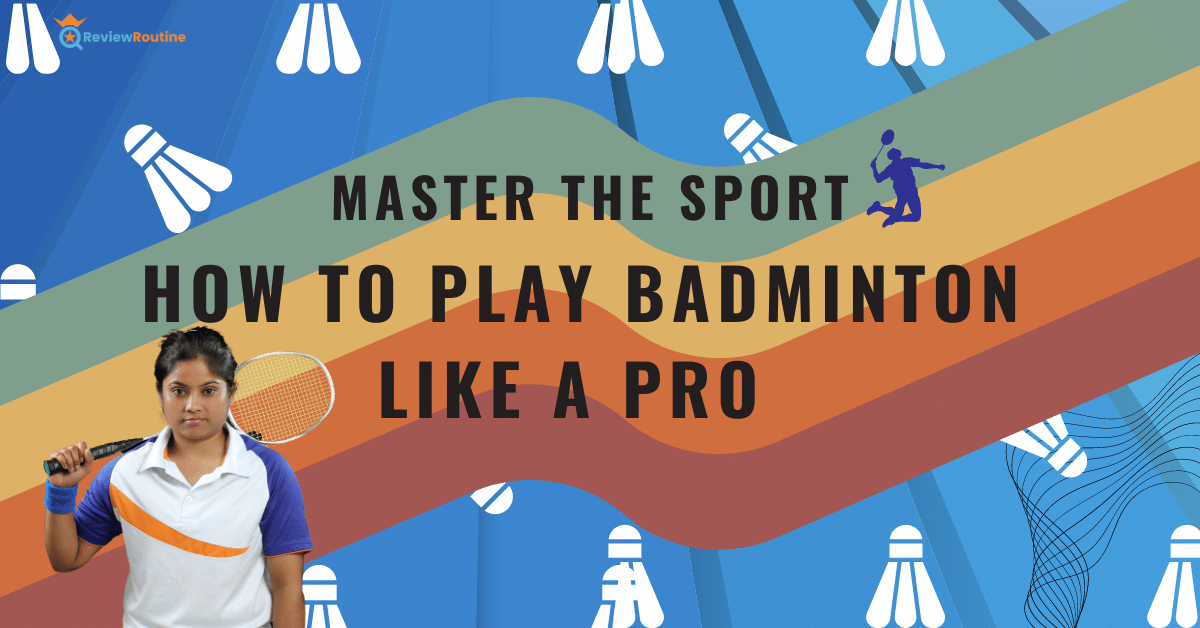
However, the width varies — it's 17 feet for singles and 20 feet for doubles. The additional 1.5 feet on either side for doubles is the extra service court. A net slices the court into two halves, each featuring a front and back service line and a mid-service line bisecting the space between them longitudinally.
Singles Badminton Rules and How to Play
Singles badminton pits one player against another across three games. Victory belongs to the first player to win two games, each requiring 21 points. The game begins with a coin toss, deciding the initial server and the correct service court for each player, who will switch courts after every game. If a third game is on the cards, players switch sides when one reaches 11 points, ensuring fairness.
Every rally commences with a serve, an underhanded shot served diagonally to the opponent's court from below the waist height of the server. Win the rally, and you score a point and retain the serve. With an even score, you serve from the right side of the mid-service line, and from the left for an odd score.
How does the opponent win points, you ask? There are several scenarios:
- The shuttlecock lands within your court boundaries.
- The shuttlecock hits any part of your body.
- You hit the shuttlecock more than once during a rally.
- Your shot flies outside the opponent's court.
Remember, during service, ensure the shuttle falls past the front service line on your opponent's diagonal court, or they score a point. Rallies can continue even if the shuttle grazes the net and progresses to the other side. Players enjoy a two-minute break between games and a one-minute breather when either player hits 11 points during a game.
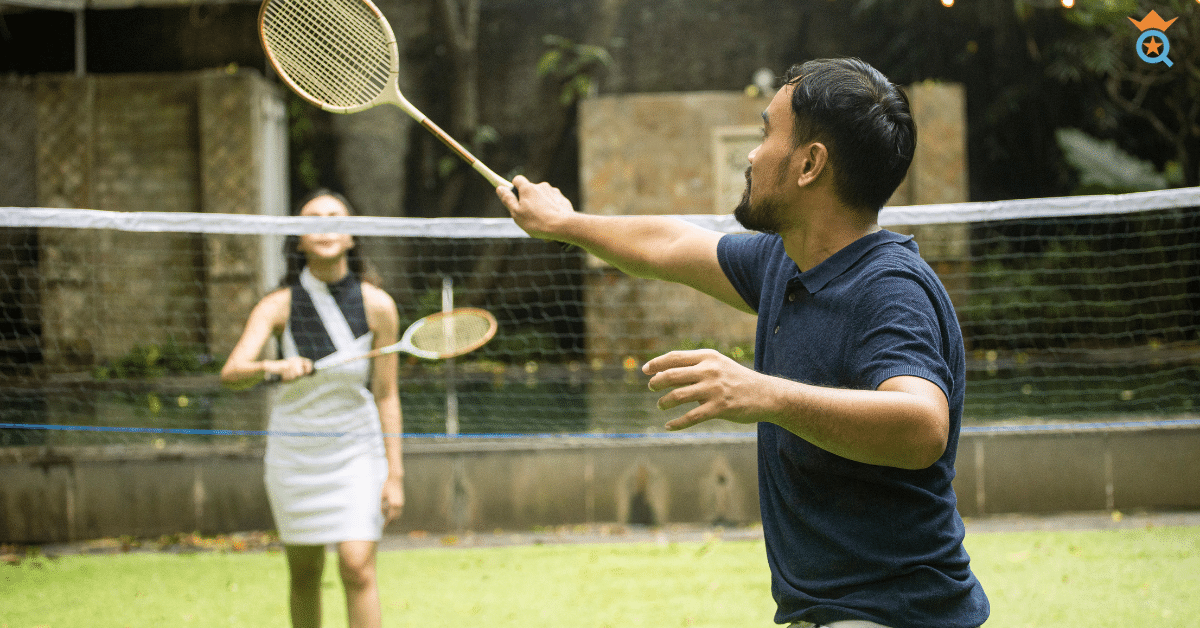
Doubles Badminton Rules and How to Play
Doubles badminton is a team affair. Here, two pairs square off across a three-game match, each game demanding 21 points. There are some rule tweaks compared to singles:
- Teams switch service courts after scoring a point.
- The odd-even service position pattern applies here too.
- The server serves the area between the front and back service lines of the opponent's court. Serving beyond these service lines equals a fault and gifts a point to the opposing team.
- If the team scores off the opposing team's serve, they stay put. Only when the serving team scores a point does a switch occur.
- In a scenario of a 20-20 tie, the team that clinches two consecutive points emerges victorious. This continues until a 29-29 deadlock, where the team scoring the 30th point takes the win. This applies to both singles and doubles games.
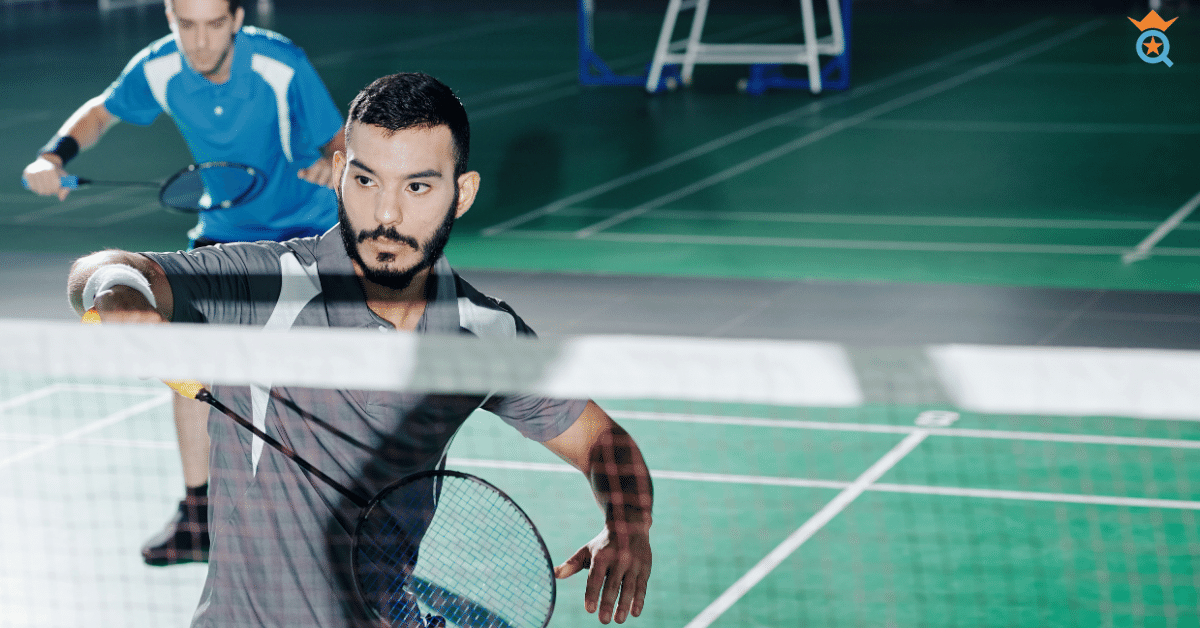
Badminton Foul Rules
Some key badminton rules to avoid fouls:
- Players must hit the shuttle from their side of the court.
- Touching the net is a strict no-no.
- If a player's racket lands on the opponent's side, it's a foul.
- The shuttle should never touch a player's body.
- In a doubles match, the shuttle shouldn't touch a player, their racket, or clothing before their partner hits it.
- Both of a player's feet must stay grounded during service and reception.
Scoring System in Badminton
In standard badminton, a match comprises three games of 21 points each. The first side to win two games triumphs in the match.
The side winning a rally adds a point to their tally. At a 20-20 score, the team that gains a two-point lead first wins the game.
However, in a 29-29 situation, the side scoring the 30th point takes the game. The team winning a game serves first in the subsequent game.
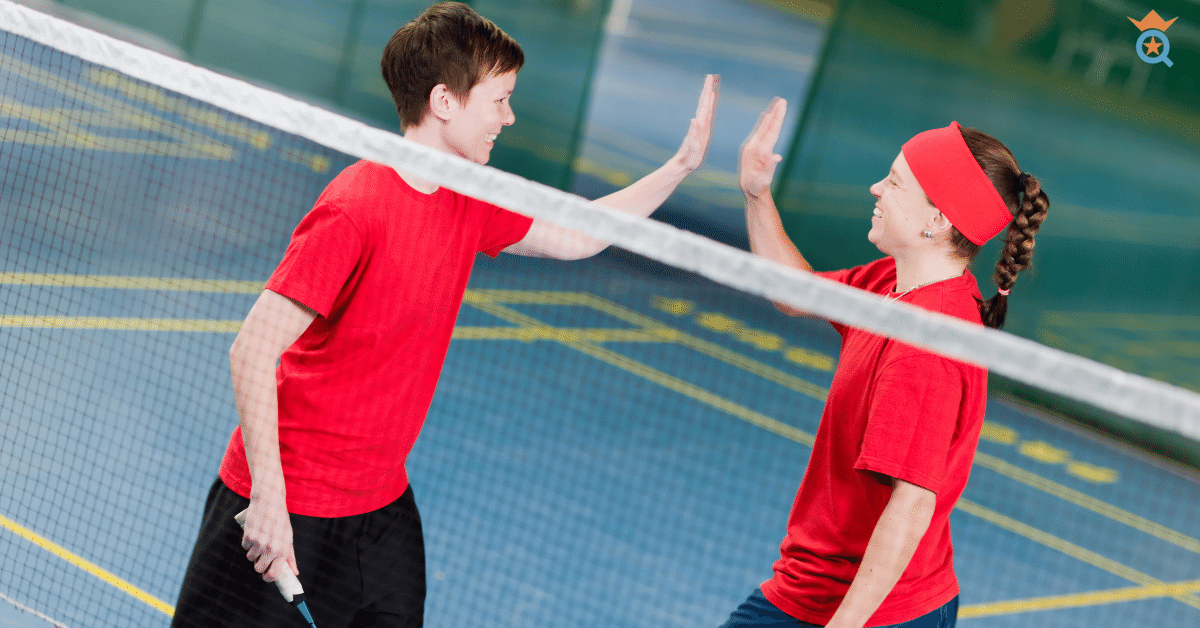
How to Play Badminton Like a Pro: Tips and Tricks
While badminton is a fantastic recreational sport for all ages, competitive games demand a professional approach. Here are some tips to enhance your gameplay:
- Master Your Footwork: Badminton isn't about running haphazardly around the court. Professional players focus on calculated footwork to swiftly reach all court corners. Balance is critical in quickly returning to a stationary position.
- Wield Your Wrist: Think of your wrist as your magic weapon. While the arm helps deceive opponents, the wrist directs the shuttlecock.
- Strike Swiftly: A rapid return to the opponent's court puts them off balance. The distinction between aggressive and defensive play often boils down to milliseconds.
- Serve Smart: A powerful serve can gain or lose points in seconds. Make your serve skim close to the net or rocket to a precise distant corner.
- Manipulate the Backhand: Mastering the backhand shot is a challenging task. When forced to use the backhand, most players lose their center and shape, providing an opportunity for a deceptive slice or potent smash.
- Sync with Your Partner: Essential in any team sport. The more you play together, the better your understanding, helping avoid confusion and ensuring seamless court movement.
- Hit High: Meeting the shuttle as high as possible allows better control over the shot's angle and trajectory.
- Play Creatively: Deceptive moves and fakes are part and parcel of professional badminton. Enjoy the game and get creative with your plays.
- Aim for the Center: For optimal accuracy and control over your shot, strive to hit the shuttlecock from the center of the racket.
Remember, practice makes perfect. As you apply these tips and rules, you'll soon master the art of playing badminton, enjoying every swift move and powerful smash along the way.
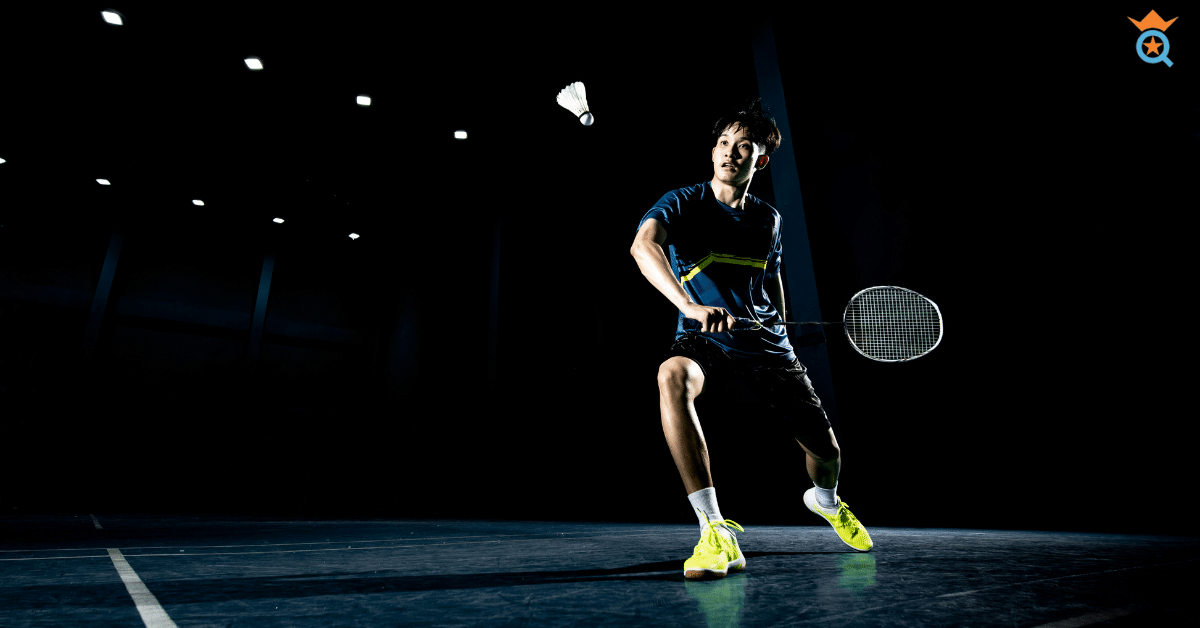
Selecting the Right Equipment
Choosing the right badminton equipment is as vital as mastering the game rules. You're looking for a sturdy yet lightweight racket that you can whip around like a magic wand.
Don't forget the shuttlecock, that peculiar feathered projectile that can zip around the court at lightning speed. Aim for those with natural feathers for an authentic feel.
The Racket - Your Trusty Sidekick
Choosing the right badminton racket is as crucial as selecting a perfect dancing partner. Like every splendid duet, the rapport between a player and their racket is paramount. Lightweight yet sturdy, the racket should feel like an extension of your arm. It should swing with your wrist's twirl, dance with your arm's sway, and whip the shuttle with the force of your hit.
Materials matter, too. Carbon fiber is a common choice due to its impressive strength-to-weight ratio, making it perfect for high-speed swings without losing control.
The racket's shape and string tension also play significant roles. While an oval-shaped racket provides better control, an isometric or square-shaped one offers a larger hitting area.
The Shuttlecock - The Soaring Feathered Marvel
Never underestimate the role of this odd-looking object. The shuttlecock, or simply 'shuttle', can make or break a game. Your aim should be those with natural feathers for a more authentic feel and better flight dynamics.
It's worth noting that the weight of the shuttlecock can affect its speed - lighter ones fly faster, while heavier ones offer more control.
Choosing the correct shuttlecock might feel like picking the golden snitch from Harry Potter, but the good news is, they're not that elusive. It all depends on the level of play and personal preference.
For beginners, plastic shuttlecocks can be more durable and offer a slower game pace, ideal for honing skills.
Shoes - Your Court Companions
Good badminton shoes provide excellent grip, cushioning, and support. They're designed to help you move quickly and change direction without missing a beat. Look for shoes with non-marking gum soles to prevent leaving marks on the court and provide excellent traction.
Grips - The Finishing Touch
To ensure that your racket doesn't fly out of your hands in the middle of a vigorous smash, you need a good grip. It also provides additional comfort and control over your racket. Overgrips and replacement grips are the two main types. Overgrips are wrapped over the existing grip, while replacement grips are thicker and used to replace the original grip.
Remember, the best equipment should feel like a natural extension of your body. Test different options until you find the perfect fit. It might seem like a treasure hunt, but the thrill of finding the perfect gear is worth it!
In the grand scheme of things, learning how to play badminton is about more than just understanding the rules, choosing the right equipment, or perfecting your backhand shot. It's about embracing the thrill of the chase, the sweet suspense of a high-stakes rally, the camaraderie formed on the court, and the sheer joy of watching that shuttlecock sail over the net.
So grab your racket, tie up your shoelaces, and head out to the court. Embrace the challenges and celebrate the victories, no matter how small. Remember, every serve, every rally, every point scored is a step closer to becoming a better player. So here's to your badminton journey - may it be filled with delightful serves, thrilling games, and the sweetest of victories!
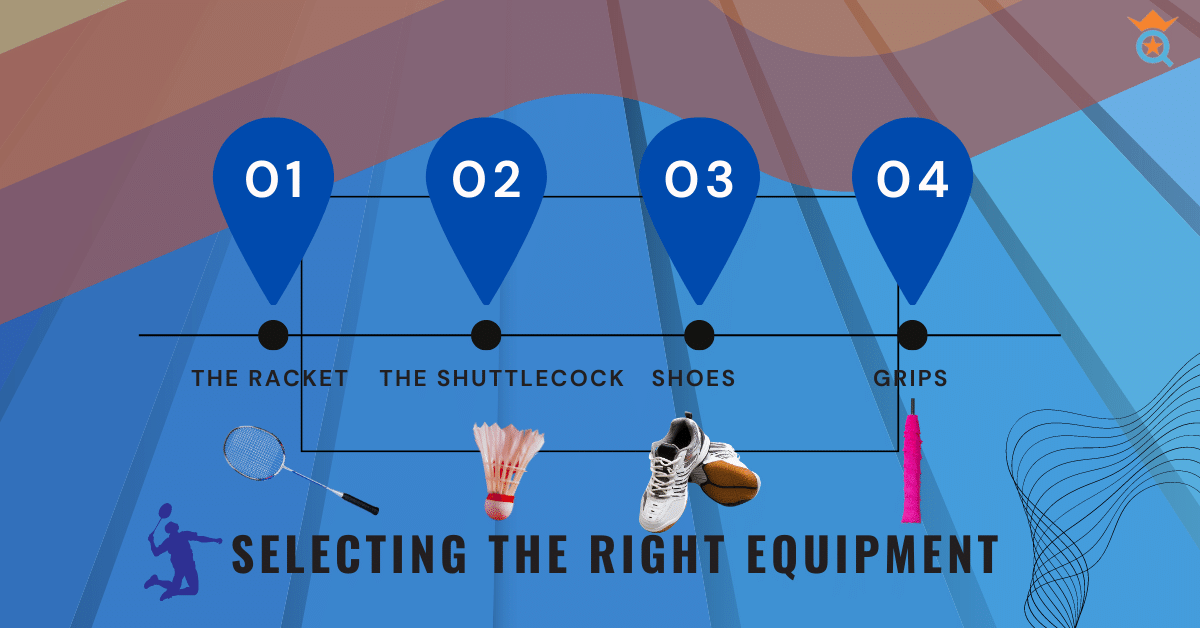
Frequently Asked Questions (FAQs)
What is the left service court in badminton?
The left service court is the left half of a player's side of the court. In both singles and doubles games, serves are made diagonally from the right or left service court, depending on the server's score.
What are the basic badminton rules?
Badminton rules are simple and straightforward. They include serving diagonally across the court, scoring points by landing the shuttlecock in the opponent's court, and avoiding hitting the shuttlecock out of court boundaries or letting it hit your body.
What does 'two-point lead wins' mean in badminton?
In the event of a 20-20 tie, a 'two-point lead' rule applies. This means the game continues until a player or team has a two-point advantage, which leads to their win.
What are service courts in badminton?
A badminton court is divided into two service courts on each side: the right and the left. The service court from which the serve is made depends on the server's score.
When does a game of badminton begin?
A badminton game begins with a serve, decided by a coin toss. The winner of the toss can choose whether to serve first or to choose the side of the court they prefer.
Can the shuttlecock touch a player's body in badminton?
No, if the shuttlecock touches a player's body, it's considered a fault, and the opponent wins the rally.
What happens when the opponent wins a rally in badminton?
If the opponent wins a rally in badminton, they score a point and gain the next serve.
What is meant by 'side of the court' in badminton?
The 'side of the court' in badminton refers to the half-court that a player or team occupies during the game. It can also refer to the side from which a player serves or receives.
What is the role of the serving team in a badminton doubles match?
The serving team in a doubles match initiates the rally by serving the shuttlecock. They score a point if they win the rally, and they continue to serve as long as they keep winning points.








